This Gustav Klimt painting just became the second most expensive artwork ever sold – it has an incredible backstory
Sold by Sotheby’s for a staggering $236.4 million, ‘Portrait of Elisabeth Lederer’ survived Nazi looting and became the key to its subject’s survival

Gustav Klimt's Portrait of Elisabeth Lederer has sold for $236.4 million at a Sotheby’s auction in New York, making it the most expensive modern artwork ever sold and the second most expensive artwork overall, surpassed only by Leonardo da Vinci's Salvator Mundi. The sale exceeded pre-auction estimates of $150 million and set a new record for the Austrian artist, eclipsing the $108 million fetched by Lady with a Fan in 2023.
Painted between 1914 and 1916, the full-length portrait depicts Elisabeth Lederer, the daughter of Klimt’s principal patrons, August and Serena Lederer. She is wearing a white imperial Chinese robe and standing before a blue tapestry adorned with East Asian-inspired motifs, lending her an almost mythic presence reminiscent of Botticelli’s Birth of Venus. Art historians have noted that Portrait of Elisabeth Lederer exemplifies the transition from Klimt's ‘Golden Period’ to a more psychologically intense, richly coloured style bordering on Expressionism.

Leonard A Lauder auction Lot 8: Gustav Klimt, Bildnis Elisabeth Lederer (Portrait of Elisabeth Lederer)
The painting’s value stems not only from its artistic brilliance but also from its extraordinary story. The Lederers, one of Vienna’s wealthiest Jewish families, saw their art collection looted by the Nazis following Austria’s annexation in 1938. Remarkably, this painting survived, while many of Klimt’s works were destroyed in a fire set in 1945 by retreating Nazis to prevent them from falling into Allied hands.
But this is only half of the portrait’s story. It also, remarkably, played a role in Elisabeth’s survival: facing the threat of deportation to concentration camps, she fabricated a claim that Klimt, who was not Jewish but was known for his affairs, was her biological father. Her mother supported the claim with a sworn affidavit. A high-ranking Nazi official, who was Elisabeth’s former brother-in-law, aided the ruse, granting her a revised status that allowed her to remain safely in Vienna until her death from illness in 1944.
If you look closely at the portrait, you can see that Klimt has embedded subtle shapes in the robe’s design, echoing the biomorphic forms he learned about in lectures on cell theory and anatomy. Thus, mythological symbols intertwine with notions of lineage and biology, adding profound resonance given that Elisabeth’s bloodline was both the source of her persecution and her salvation. The portrait thus emerges as an emotionally and historically charged visual tapestry.
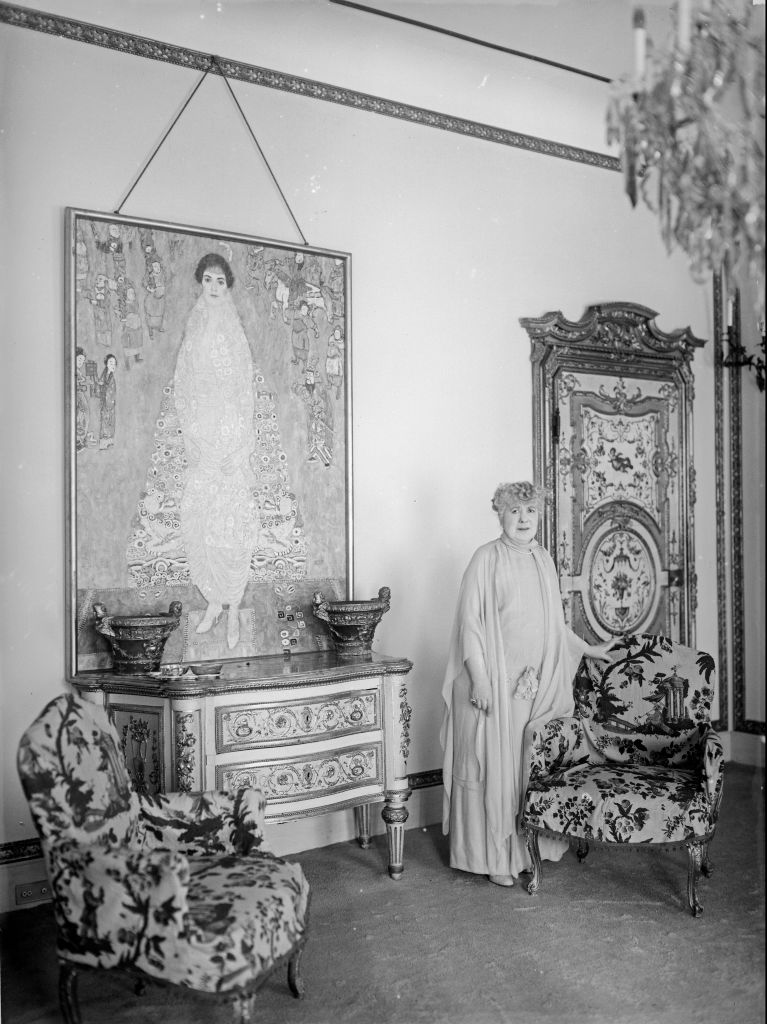
An image taken by Martin Gerlach in about 1930 of Serena Lederer standing in her salon in front of the portrait of her daughter
The painting was returned to Elisabeth’s brother, Erich Lederer, in 1948. In 1985, it entered the private collection of Leonard A Lauder, the Estée Lauder cosmetics heir, who displayed it in his Fifth Avenue home for four decades, until his death in June 2025. The sale of Portrait of Elisabeth Lederer was the centrepiece of the Lauder Collection auction at Sotheby’s new Breuer Building headquarters this week, which brought in a total of $575.5 million.
Receive our daily digest of inspiration, escapism and design stories from around the world direct to your inbox.
Anna Solomon is Wallpaper’s digital staff writer, working across all of Wallpaper.com’s core pillars. She has a special interest in interiors and curates the weekly spotlight series, The Inside Story. Before joining the team at the start of 2025, she was senior editor at Luxury London Magazine and Luxurylondon.co.uk, where she covered all things lifestyle and interviewed tastemakers such as Jimmy Choo, Michael Kors, Priya Ahluwalia, Zandra Rhodes, and Ellen von Unwerth.
-
 New Leica Q3 Monochrom camera sees the world in black and white
New Leica Q3 Monochrom camera sees the world in black and whiteDefined by its crisp 60MP monochrome sensor, the Leica Q3 Monochrom is a camera designed for those who want to focus only on light, shadow and form
-
 How C Prinz shaped the gothic new world of Charli XCX
How C Prinz shaped the gothic new world of Charli XCXMulti-hyphenate director and movement artist C Prinz unpacks the physical, instinctive and often brutal creative process behind Charli XCX’s new 'Wuthering Heights' era
-
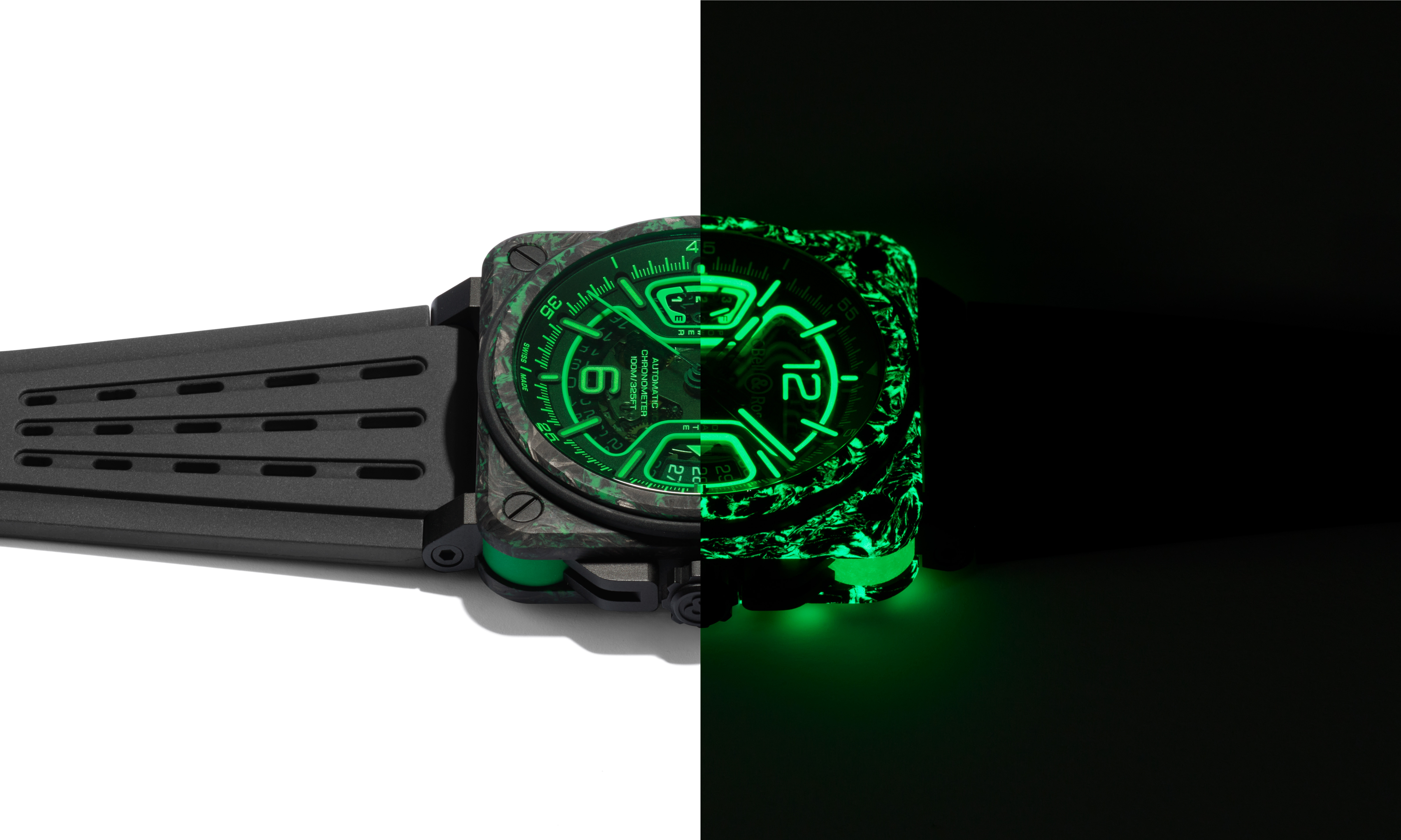 Get the glow: the best luminescent watches
Get the glow: the best luminescent watchesIs luminescence the next artistic edge in watchmaking? Here’s how brands from MB&F to Schofield, IWC, Bamford and Bell & Ross are developing exciting, glowing watches
-
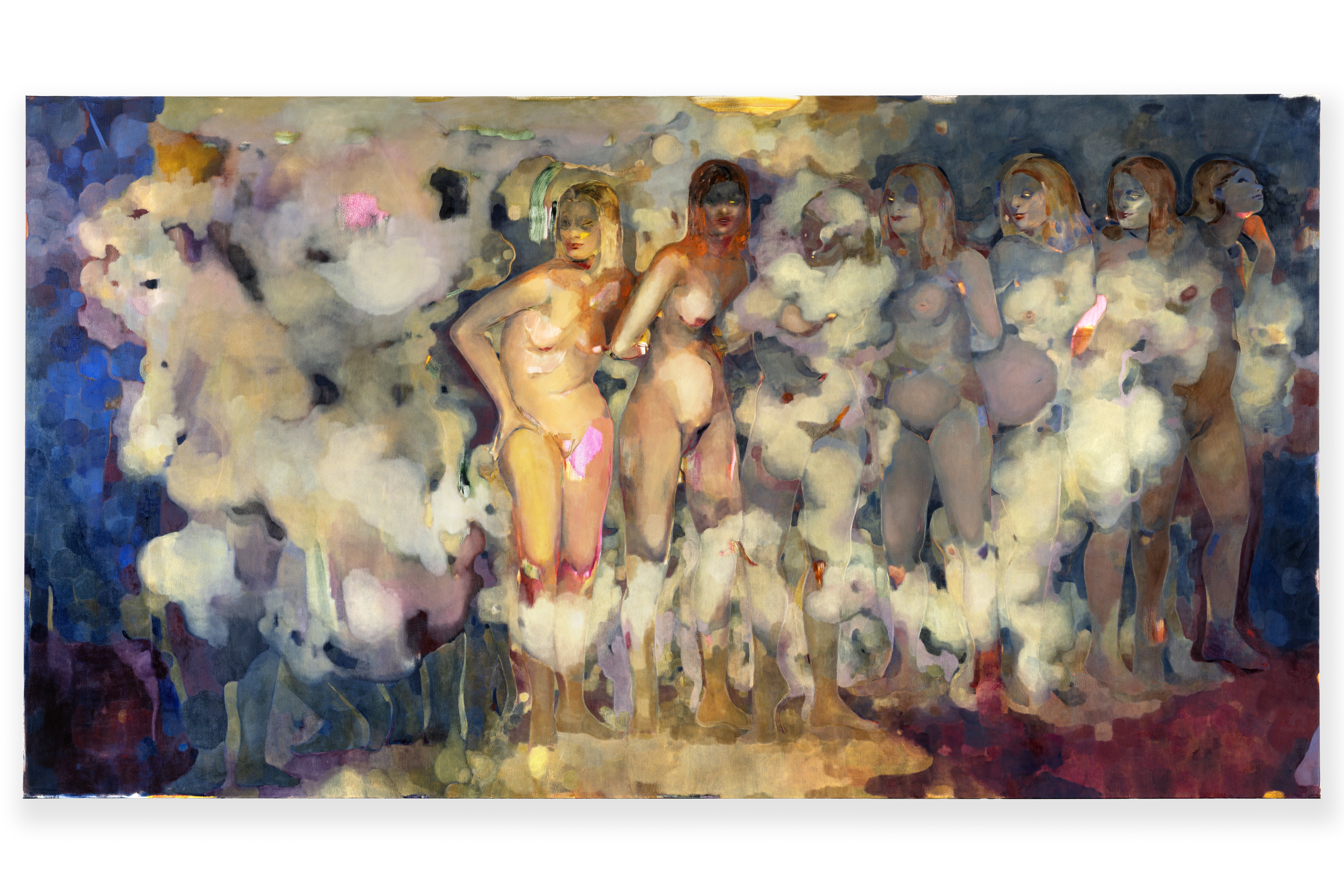 Meet Eva Helene Pade, the emerging artist redefining figurative painting
Meet Eva Helene Pade, the emerging artist redefining figurative paintingPade’s dreamlike figures in a crowd are currently on show at Thaddaeus Ropac London; she tells us about her need ‘to capture movements especially’
-
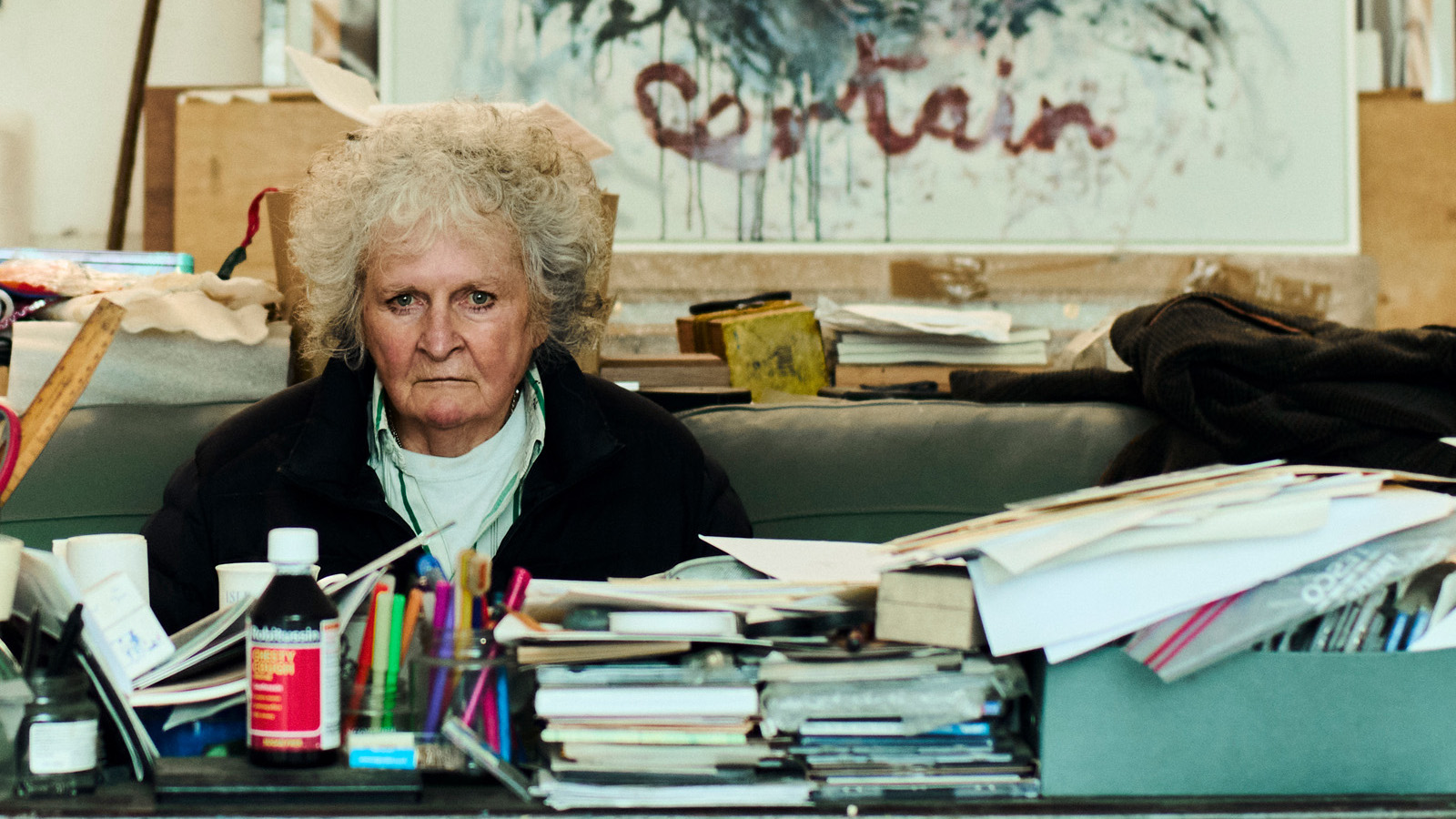 Maggi Hambling at 80: what next?
Maggi Hambling at 80: what next?To mark a significant year, artist Maggi Hambling is unveiling both a joint London exhibition with friend Sarah Lucas and a new Rizzoli monograph. We visit her in the studio
-
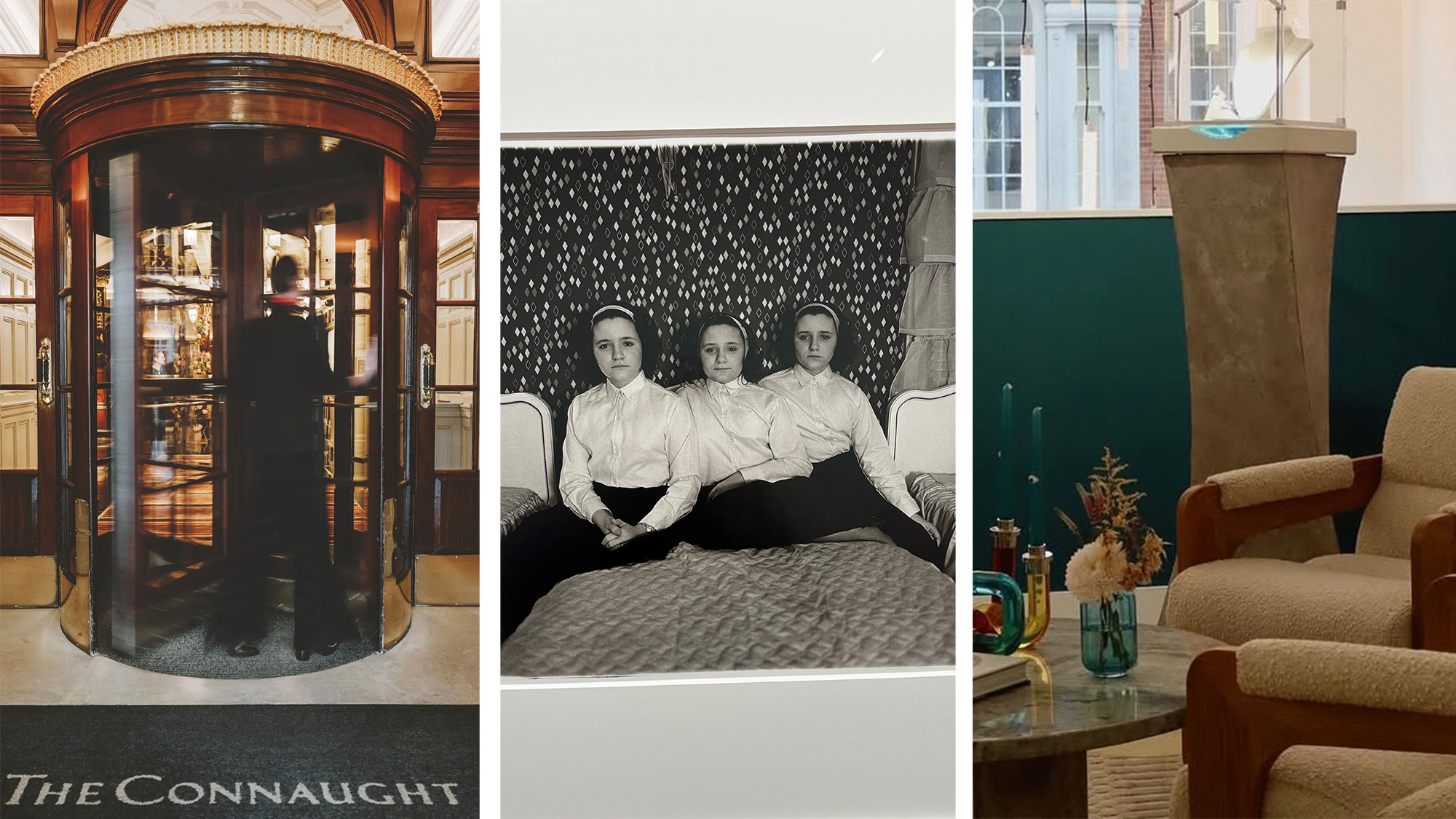 Out of office: The Wallpaper* editors’ picks of the week
Out of office: The Wallpaper* editors’ picks of the weekThis week, the Wallpaper* editors curated a diverse mix of experiences, from meeting diamond entrepreneurs and exploring perfume exhibitions to indulging in the the spectacle of a Middle Eastern Christmas
-
 Artist Shaqúelle Whyte is a master of storytelling at Pippy Houldsworth Gallery
Artist Shaqúelle Whyte is a master of storytelling at Pippy Houldsworth GalleryIn his London exhibition ‘Winter Remembers April’, rising artist Whyte offers a glimpse into his interior world
-
 ‘Sit, linger, take a nap’: Peter Doig welcomes visitors to his Serpentine exhibition
‘Sit, linger, take a nap’: Peter Doig welcomes visitors to his Serpentine exhibitionThe artist’s ‘House of Music’ exhibition, at Serpentine Galleries, rethinks the traditional gallery space, bringing in furniture and a vintage sound system
-
 Classic figurative painting is given a glamorous and ghostly aura by Polish artist Łukasz Stokłosa
Classic figurative painting is given a glamorous and ghostly aura by Polish artist Łukasz StokłosaThe gothic meets the glamorous in Stokłosa’s works, currently on show at London’s Rose Easton gallery
-
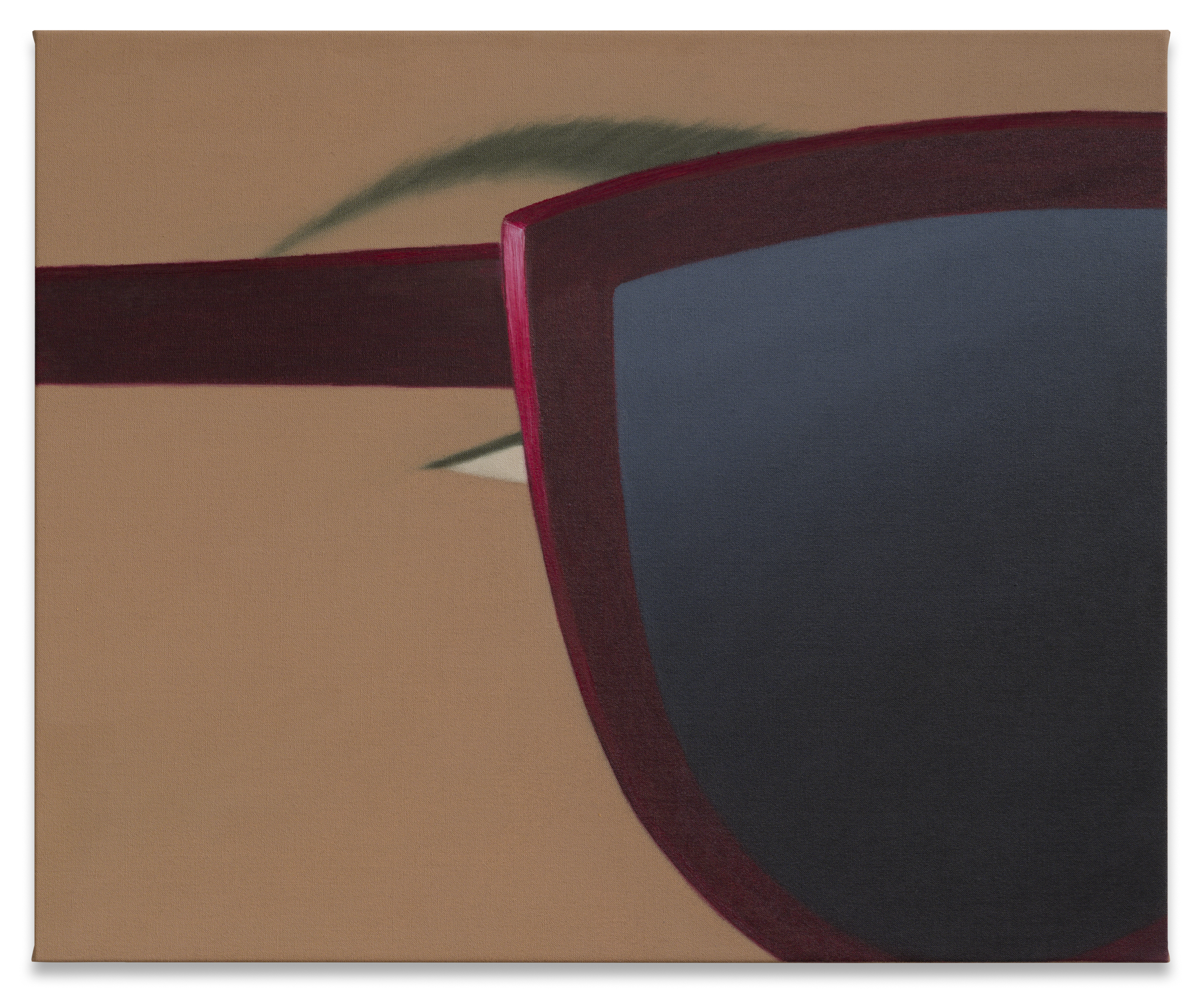 What's the story with Henni Alftan’s enigmatic, mysterious paintings? The artist isn’t saying
What's the story with Henni Alftan’s enigmatic, mysterious paintings? The artist isn’t sayingParis-based artist Henni Alftan's familiar yet uncanny works are gloriously restrained. On the eve of a Sprüth Magers exhibition in Berlin, she tells us why
-
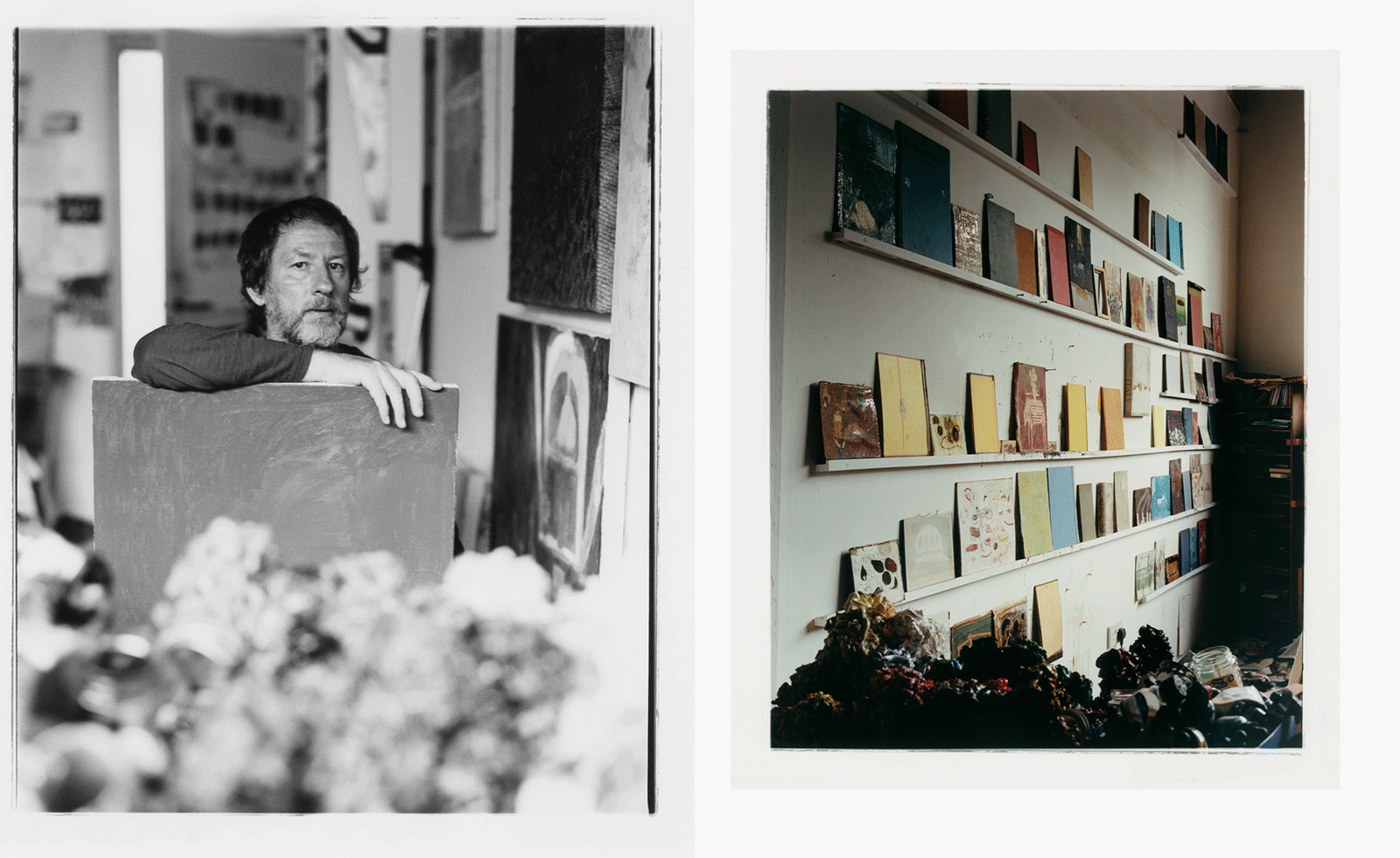 Home again: the artists reframing the domestic world
Home again: the artists reframing the domestic worldThe humble home has fascinated artists for hundreds of years. But what, exactly, is the appeal? Artists including Andrew Cranston, Cece Philips and Do Ho Suh on magic in the mundane